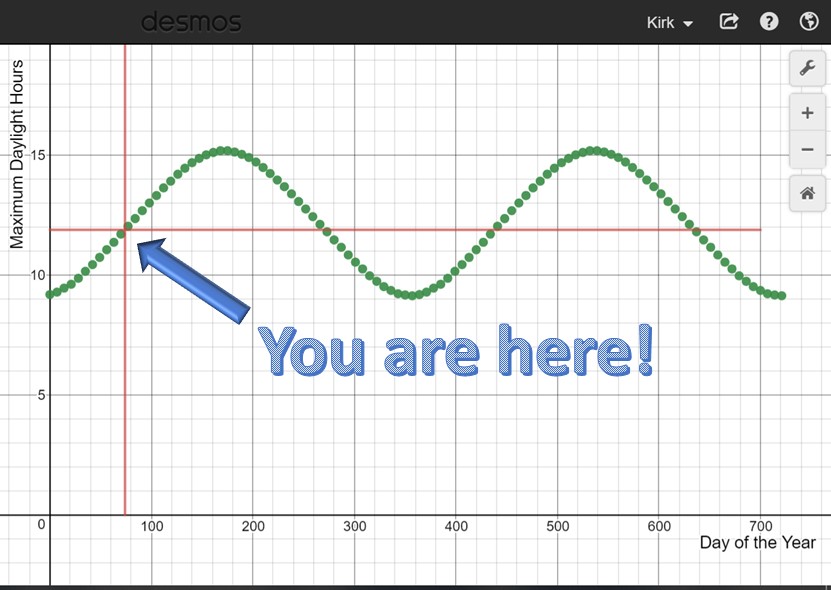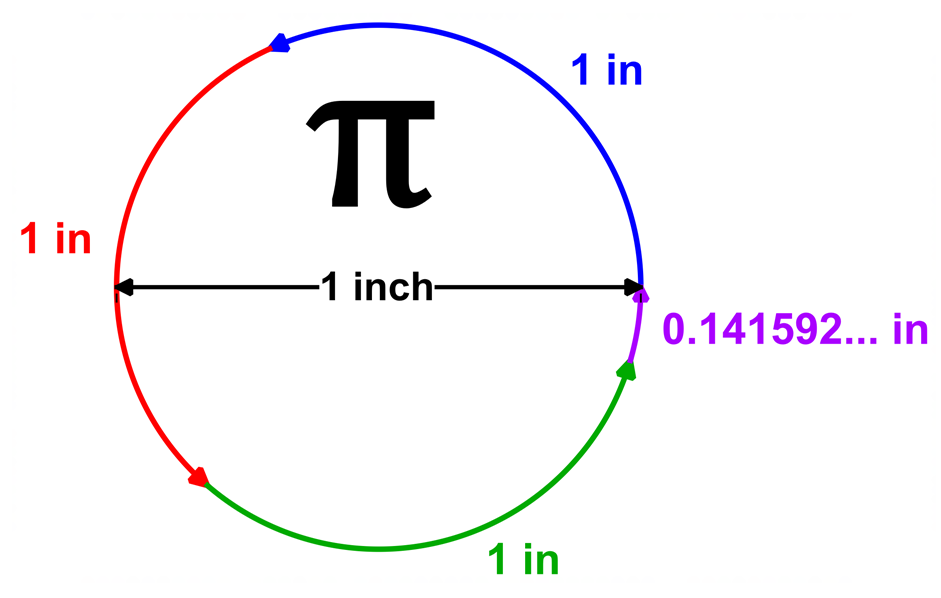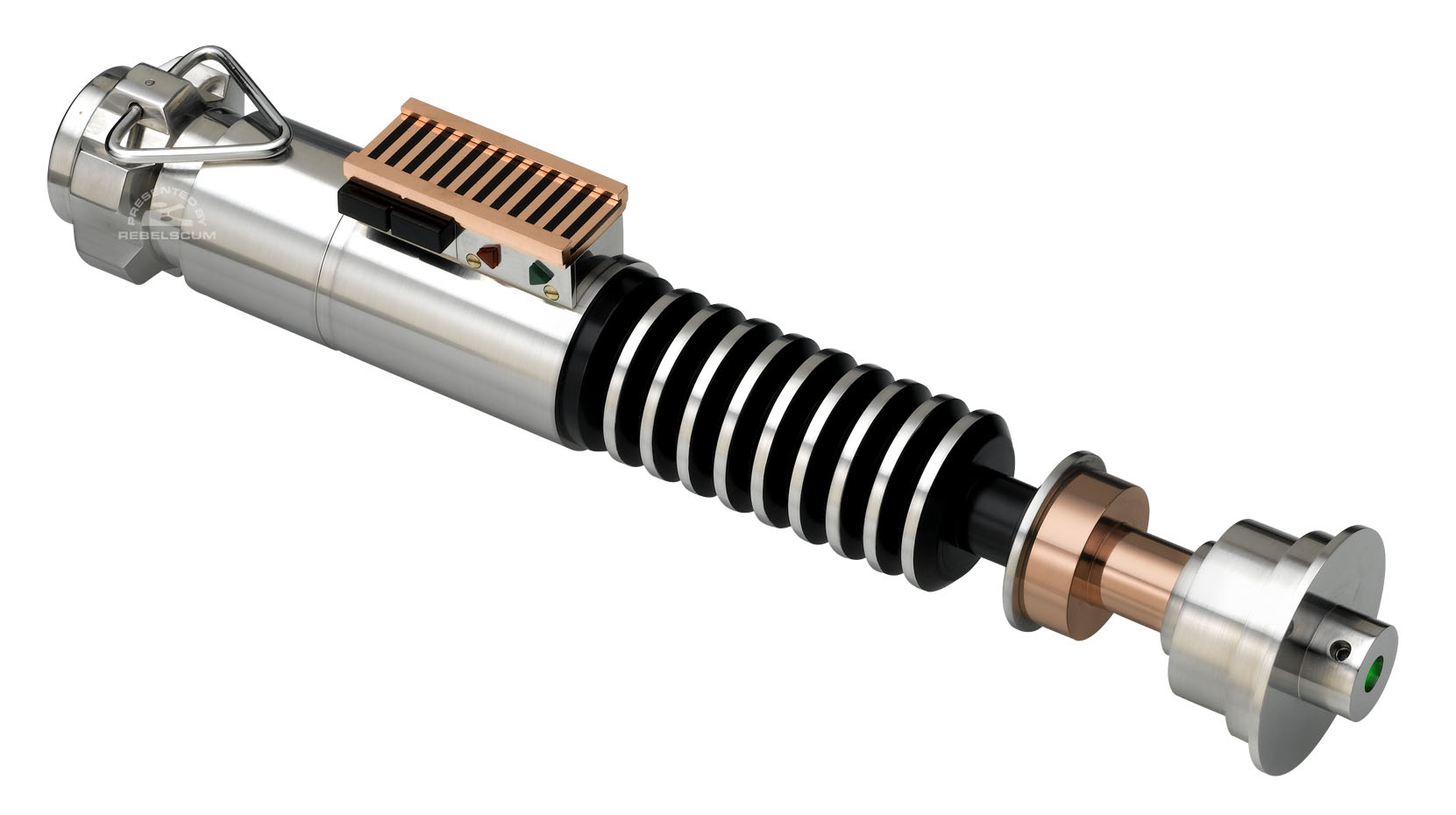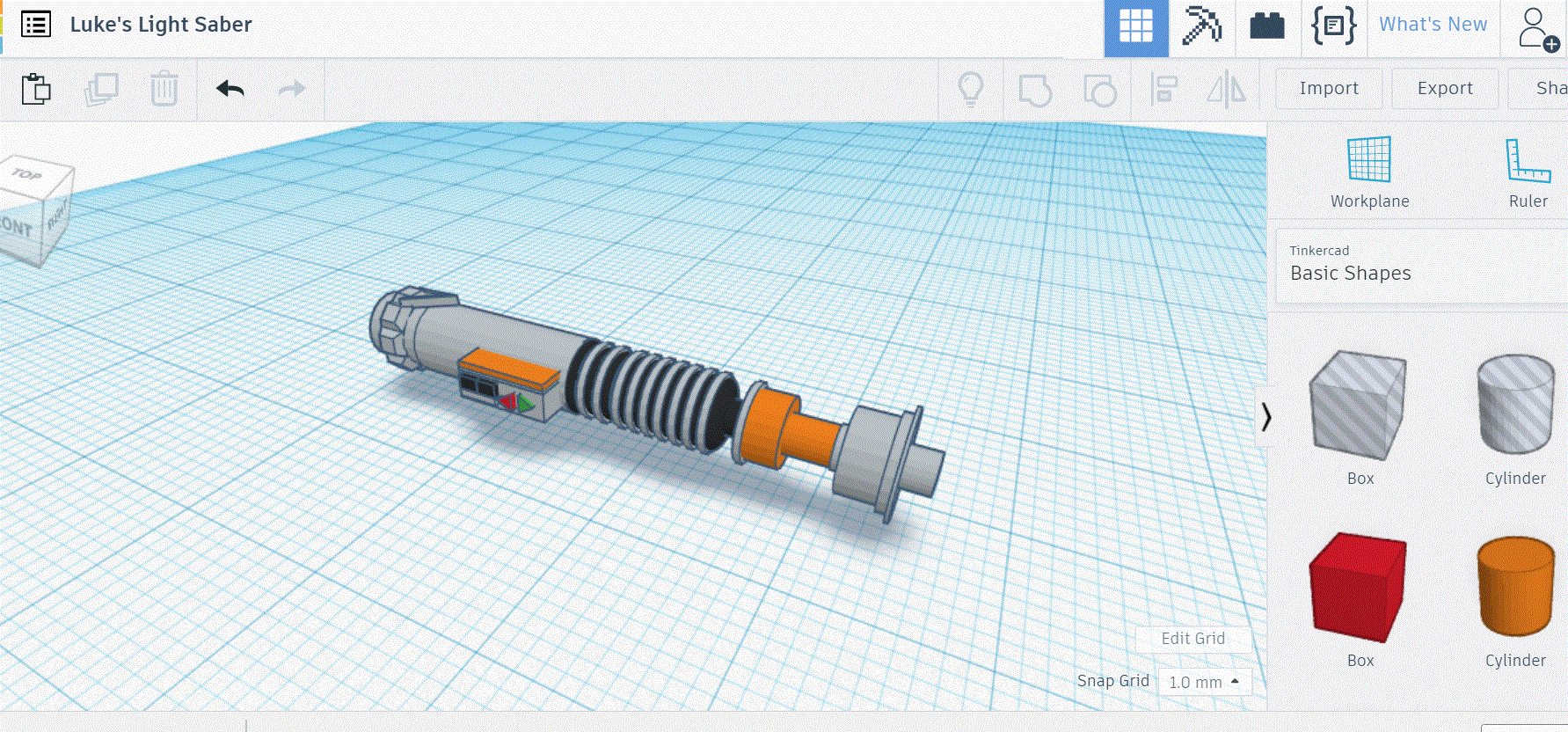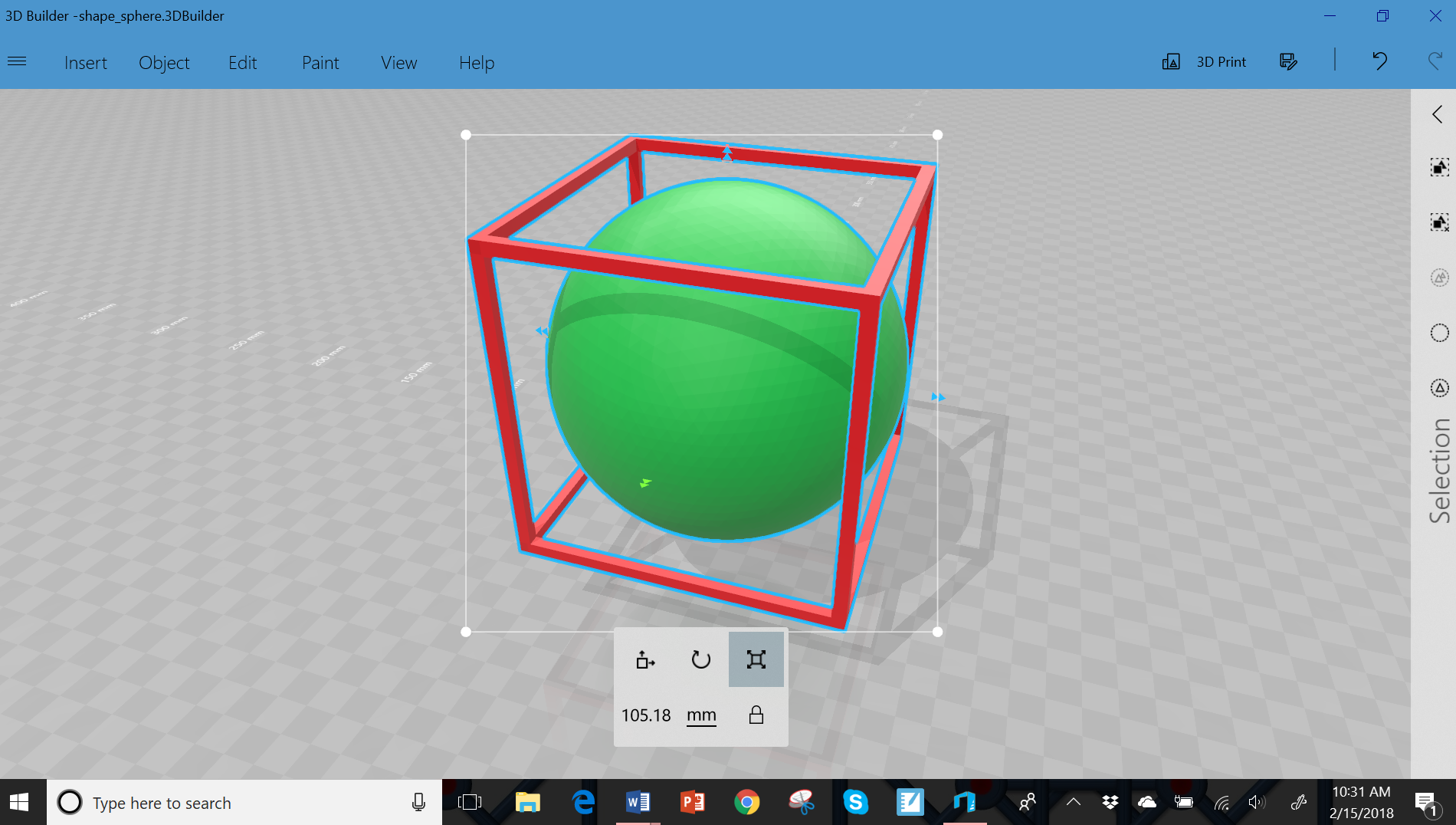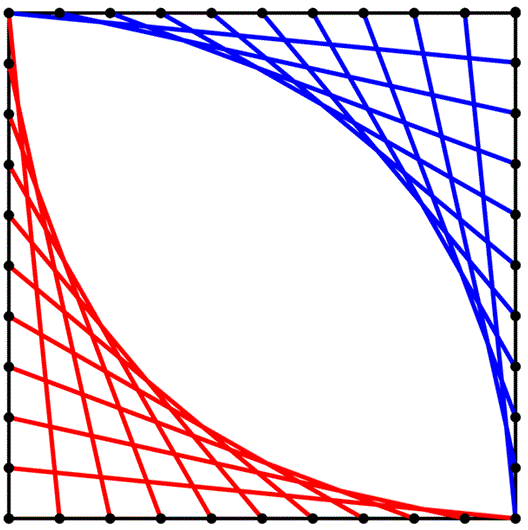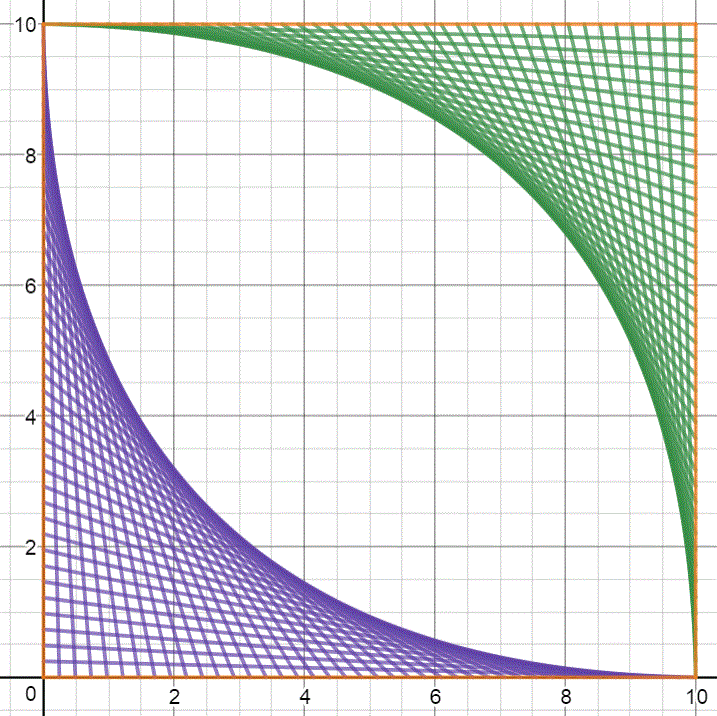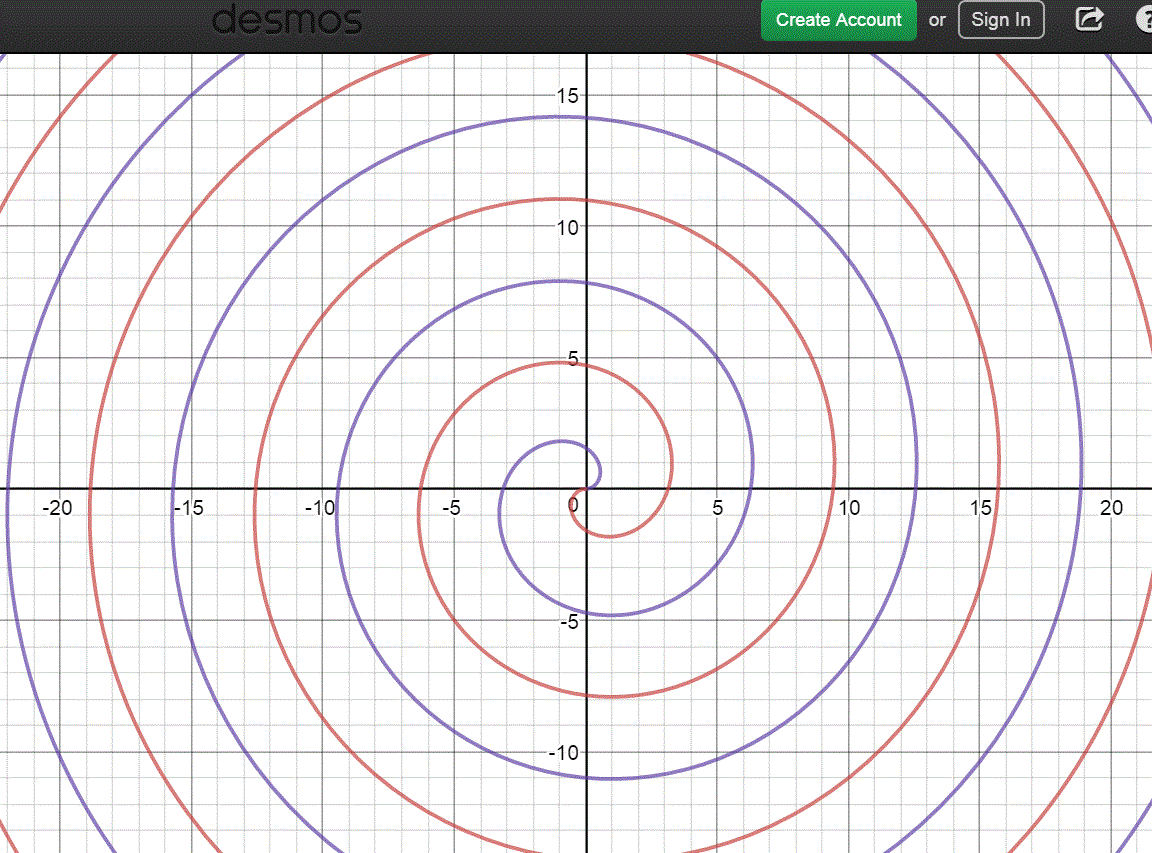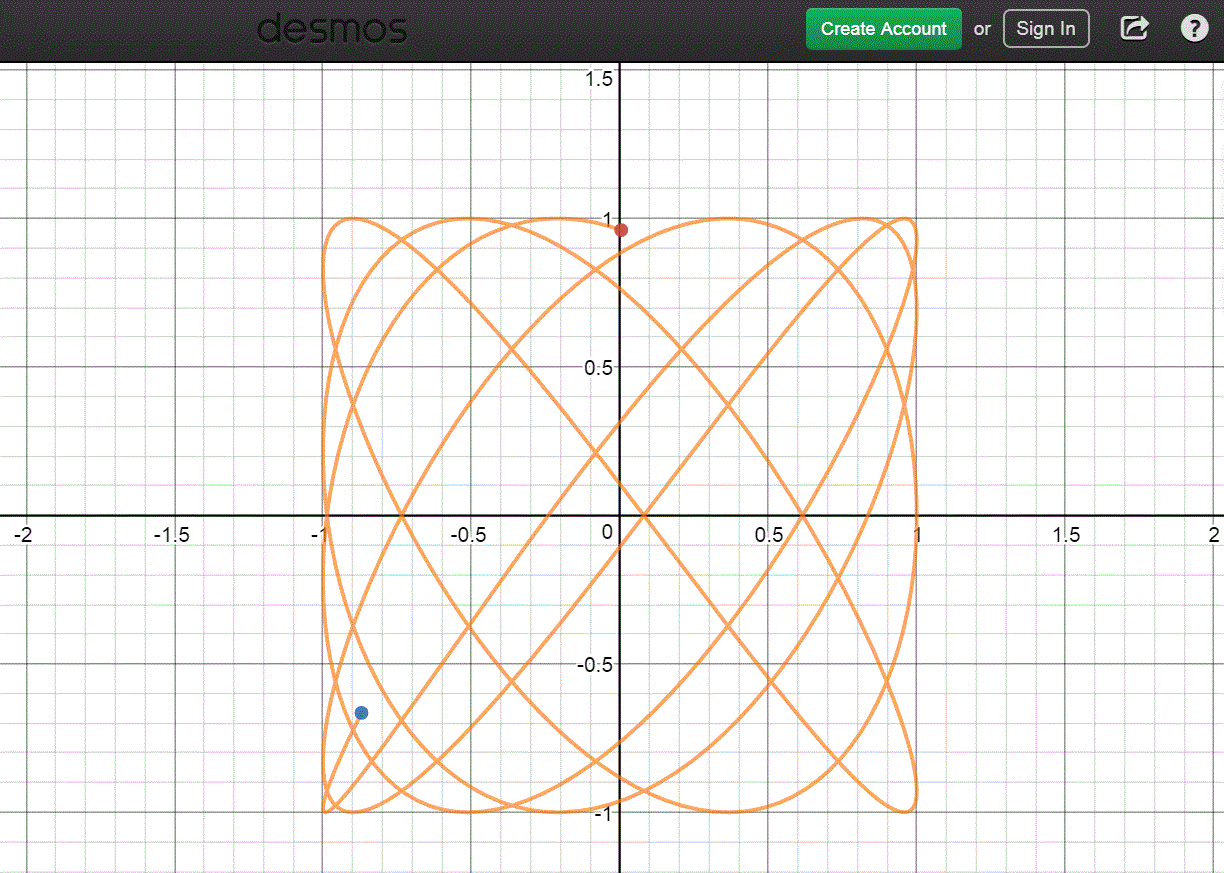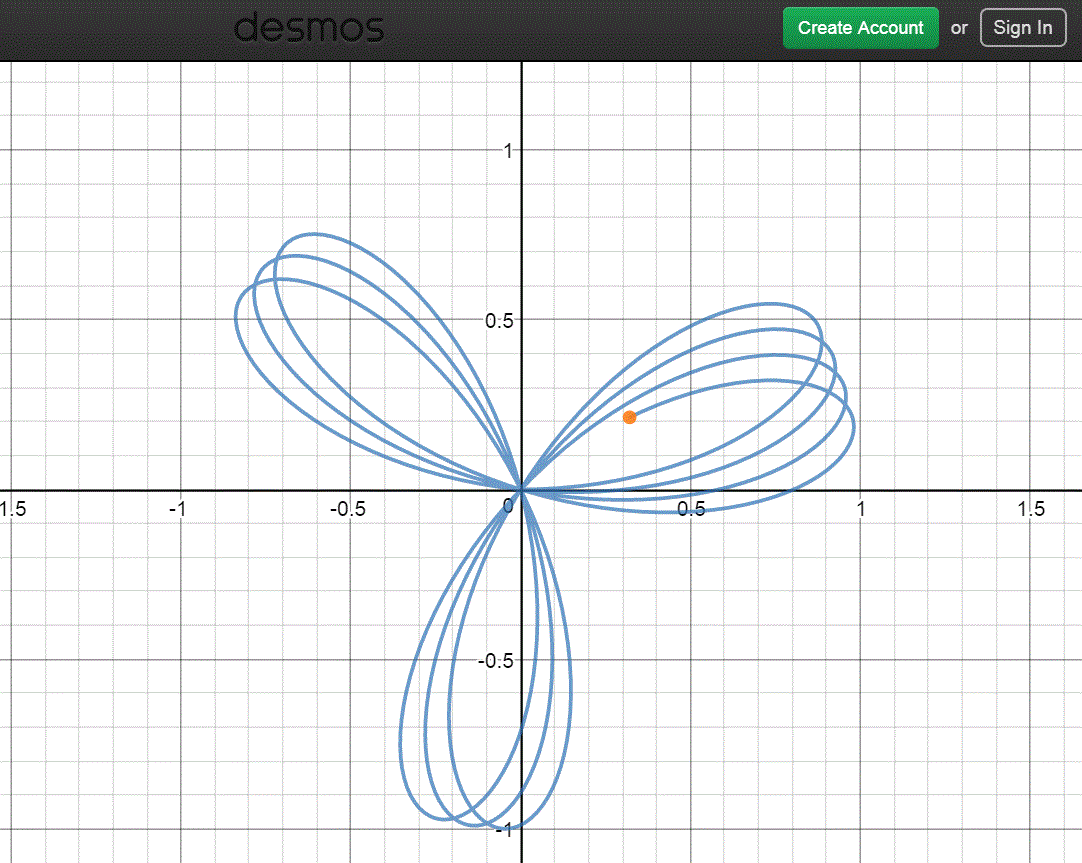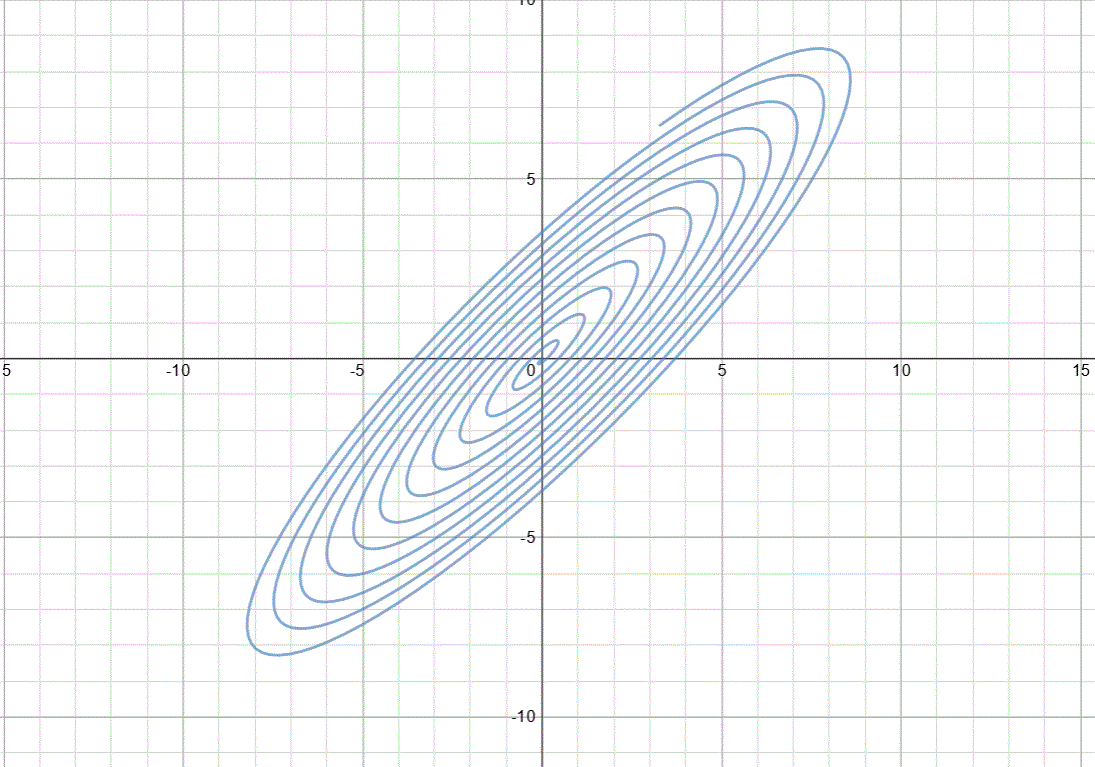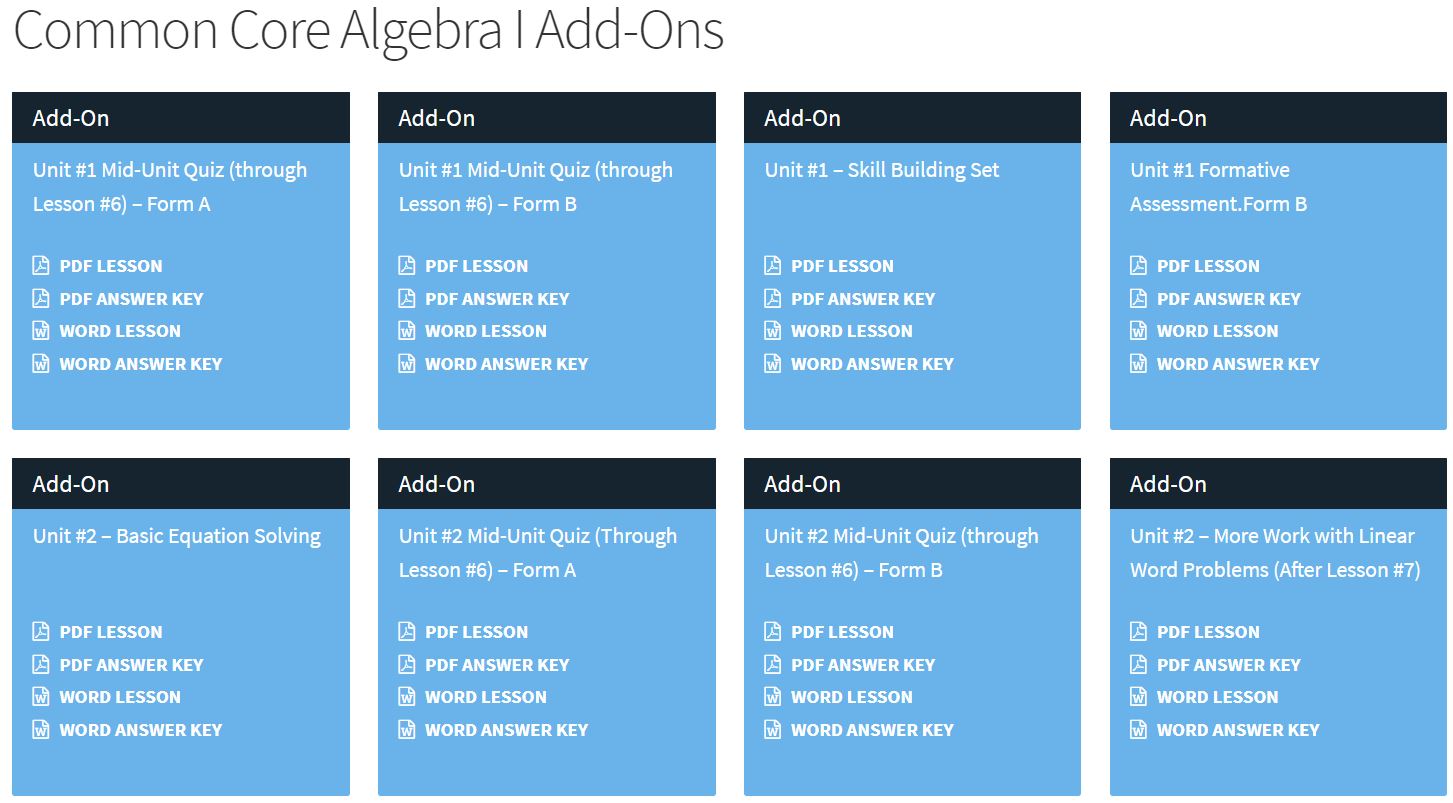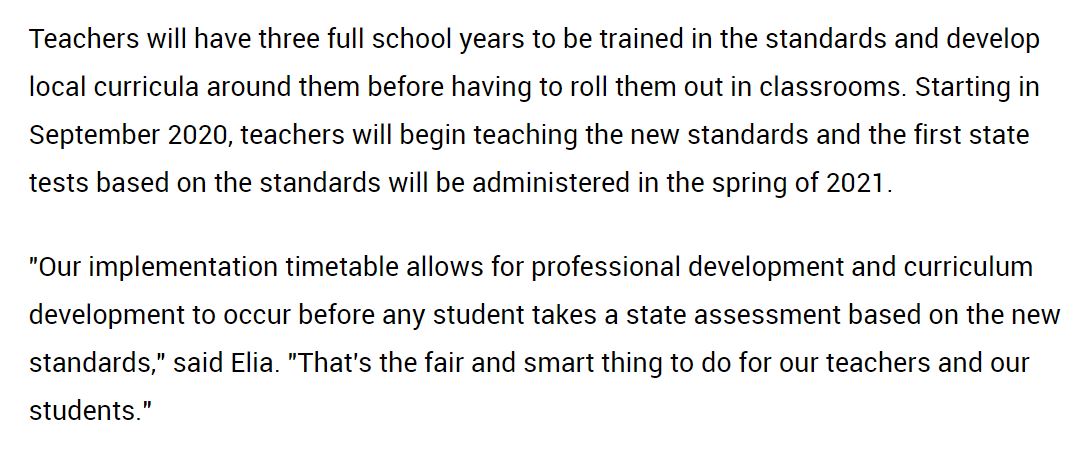eMath August 2019 Newsletter
It’s mid-August, which means the start of school is just a few weeks away in New York. In many other states, it has already begun. At eMATHinstruction, summer is our busiest season as we fill orders and work on our first round of add-ons for the year. Let’s get into the add-ons for August. This year I wanted to play around with exit tickets, so am going to be releasing a new unit of them for each course each month. Let’s get into all the details.
In Algebra I Add-Ons this month we have three resources to add. First, we have the Unit 1 exit tickets. For all the exit tickets, I created them so that there are three identical problems per page that teachers can photocopy and then cut and hand out to their students. I’d love feedback on this format. The answer keys to the exit tickets are very bare boned and intended for teacher and not student use. We have also created an enrichment practice set for Unit 1 on Mindful Manipulation. This is a follow up to our Seeing Structures in Expressions lesson and challenges kids to use real number properties to rewrite expressions in creative ways. Finally, we also are contributing the Form D assessment for Unit 1. This now gives teachers four mirror assessments for this unit to choose from.
For Common Core Geometry Add-Ons this month we also have Unit 1 exit tickets. Exit tickets for Geometry will become very interesting once we venture into the realms of transformations and proofs, but for now they were relatively easy to create and will hopefully give teachers good feedback on how a given lesson went. We also bring you the Form C version of the Unit 1 Assessment, giving teachers three assessments for this unit to choose from. Finally, we created an enrichment lesson in Unit 2 on Kites. This is a fantastic lesson to do with kids after the lessons on isosceles triangles and reflections. We examine how students can use the nature of kites to reflect points across lines. This is an exceptionally nice lesson to reinforce the idea that points that lie equidistant from the endpoints of a segment must lie on that segment’s perpendicular bisector.
Our Common Core Algebra II Add-Ons for August again include Unit 1 exit tickets. We also bring you the Form D assessment for Unit 1. We will continue for all of our courses to bring you new unit assessments each month so that you can give your students a variety of these and feel confident from year to year about the integrity of your testing. Finally, we also have a Unit 2 enrichment lesson on sets with infinite numbers of elements. This is a really cool lesson (according to a very big math geek) that gets into more complex set terminology and also looks at Dedekind’s test for sets with infinite cardinalities. This is a really nice lesson to do with students who need a little more depth in sets, mappings, and functions.
Algebra 2 with Trigonometry Add-Ons this month include the Unit 1 exit tickets (that’s starting to sound a bit repetitive) as well as two additional resources. First, we bring you the Unit 1 Form C assessment. We also have created a great set of problems on linear regression. The problems mainly emphasize looking at equations of best fit lines for large data sets and interpreting them as well as evaluating their use. This is a good set of problems to simply allow kids to work more with this extremely important topic.
Besides our add-ons, we’ve been busy this summer finishing up the first drafts of our three middle school courses, N-Gen Math™ 6, N-Gen Math™ 7, and N-Gen Math™ 8. I’m not going to rehash everything in this post since I wrote one just a few days ago about the courses. If you missed it here’s a convenient link:
The N-Gen Middle School Series
Most importantly remember two things about these courses:
- They are aligned to the New York Next Generation Math Leaning Standards that go into place in the 2020-2021 school year for the K-8 level (the 2021-2022 school year for Algebra I).
- We won’t have anything to sell for these courses until the spring of 2020.
We are very excited this coming year to create videos and other materials for these courses. For now, though, I need to get back to the last half of August! Enjoy the beginning of the school year everyone.
Kirk




